Pomogranate (Anar)
₹425.00
- Shipping only for DELHI / NCR. Available in nursery for pickup.
The leaves are small, opposite, glossy and almost evergreen. The large and attractive pomegranate flowers are orange-red. The characteristic large pomegranate fruits are crowned with a calyx and contain numerous seeds in juice containing sacs.
Description
A deciduous shrub that reaches heights and spreads of between 12 and 20 feet, the pomegranate (Punica granatum) features multiple, thick stems covered with reddish-brown bark that turn gray as the tree matures. Ideal for U.S. Department of Agriculture plant hardiness zones 7 through 10, some species of pomegranate can live for more than 200 years, according to the California Rare Fruit Growers. Provide your pomegranate plant with enough water, sunlight and fertilizer to ensure it thrives.
- Plant your pomegranate seedling in soil with a pH of between 5.5 to 7.0 and full sunlight to partial shade. Loosely work the soil before planting the pomegranate 6 to 9 feet apart if creating a hedge. In an orchard setting, a space of 15 to 18 feet is adequate.
- Irrigate your pomegranate tree every seven to 10 days. On average, the tree requires 50 to 60 inches of water per year. For instance, provide the tree with a 5- to 6-inch drink of water every 10 days. Hold off on your regular irrigation schedule if Mother Nature is adequately irrigating your pomegranate trees. Check that the soil around your pomegranate is evenly moist during late summer to early fall to help prevent fruit splitting.

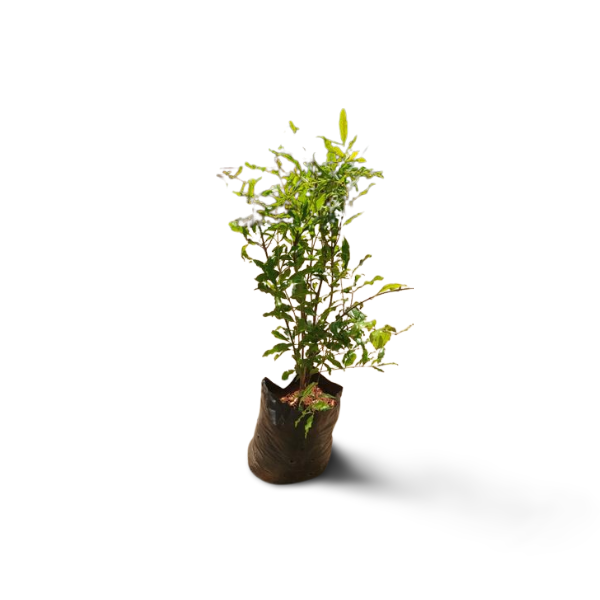
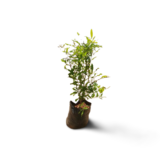
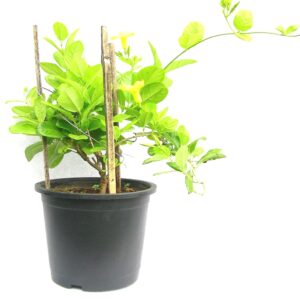
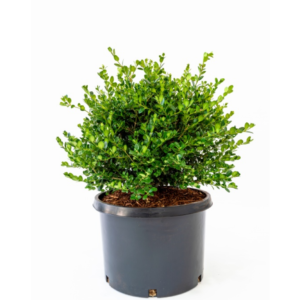
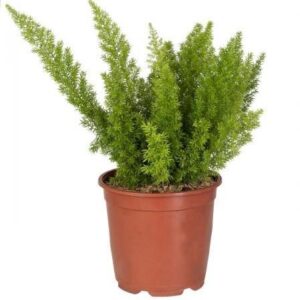
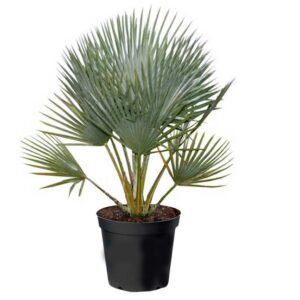
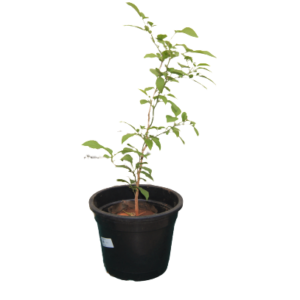
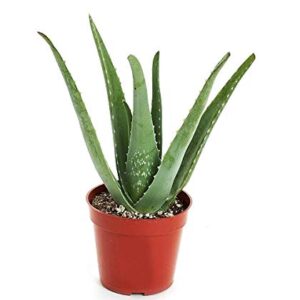
Reviews
There are no reviews yet.